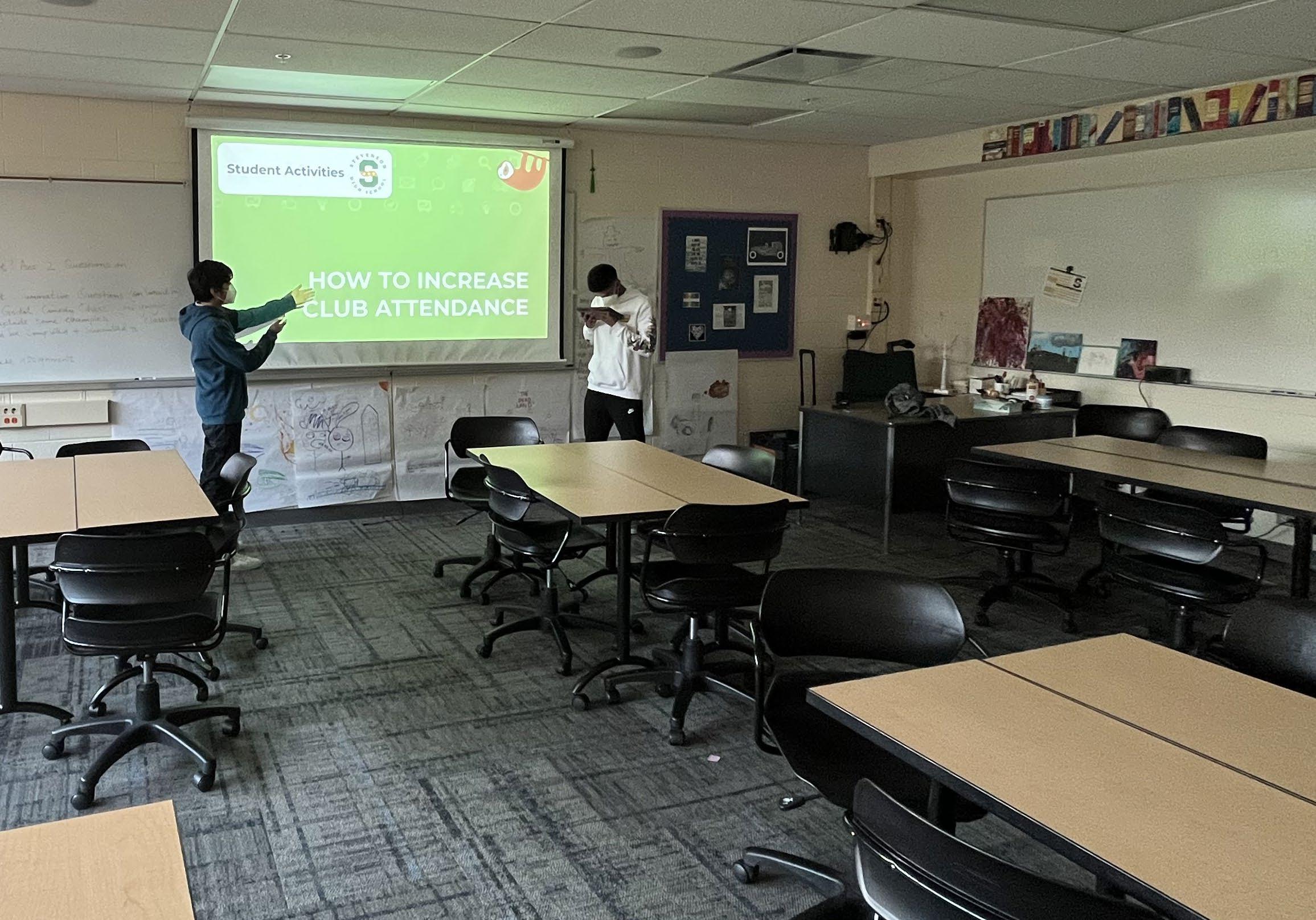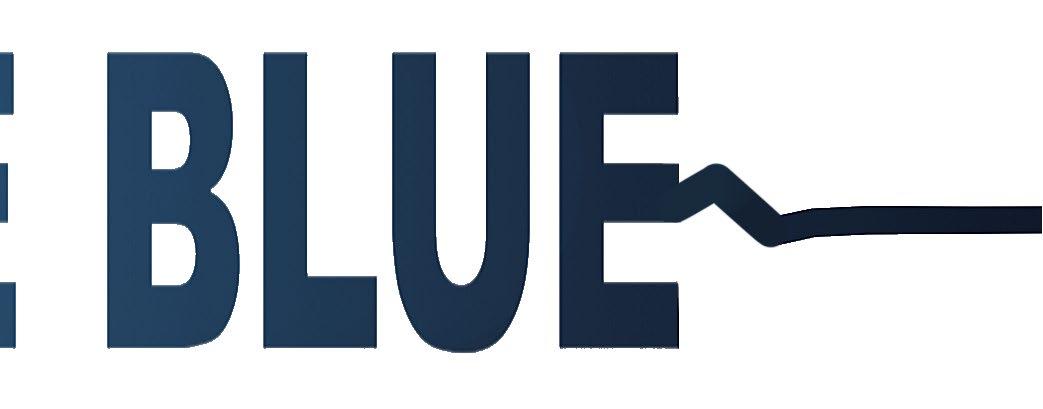
4 minute read
Code Blue
from Wordle Wisdom
by Statesman
Student Activities representatives present to a classroom on how to increase attendance at clubs. Unfortunately, nobody showed up.

Advertisement

Club attendance fatlines after 5-Star, Google Forms removed for incoming system
By “Paige” Enthusiasts
Since the start of second semester, student attendance at many clubs has dwindled, rivaling the low numbers during remote learning last school year. This change follows the decision of Student Activities to remove the use of 5-Star and Google Forms in clubs while administrators work on creating what they believe will be an improved attendance system.
The new attendance system will allow clubs to ensure only people who participate in and attend full meetings will be marked present. The new system is expected to be developed by the end of 2022 and deployed by the start of the 2023-24 school year, with promises by the administration of it being revolutionary for extracurricular life at Stevenson.
“We’re currently working on a stateof-the-art attendance program that we’re confdent will promote maximum participation at clubs,” Entim Edating, Director of Student Activities, said in an offcial statement. “After all, attendance is the most important part.”
Without the ability to have their attendance taken, many students have found little reason to come to meetings.
5-Star
3m ago
“Now that attendance isn’t being taken, there’s no reason to come to meetings. I mean, did they really expect me to do community service for fun?” - Ein Nervu ’23
Attendance drops have affected Stevenson’s larger clubs the most, including Debate, Model United Nations (MUN), Kiva and Key Club, all of which boasted 100 or more members prior to the new regulations.
“Now that attendance isn’t being taken, there’s no reason to come to meetings,” Ein Nervu ’23 said. “I mean, did they really expect me to do community service for fun?”
Tyrone Williams ’24, an award-winning Debate Club member, has also started to notice changes with the number of students attending recent meetings. While there are typically no fewer than seven rooms dedicated to Debate, the crowded and boisterous 7100s hallway of the club is now almost entirely deserted.
“At frst, I thought I was just imagining things,” Williams said. “But then, I looked around one day and realized that I was the only sophomore at the meeting—there was no one to debate!”
MUN Captain Dez Parrot ’22 added that she too has seen a signifcant decrease in attendance among all grades, and she was disappointed to fnd that members who joined after Winter Break didn’t tend to stick around. In response to the low participation, club leaders have sent out numerous emails, reminders and social media posts to convince members to rejoin. Despite averaging 15 messages per hour in her prime, Parrot’s efforts have remained fruitless.
“I must have sent out at least ten emails and a dozen Remind messages this period, posted fyers on Instagram and Facebook and texted all my friends, but not even the Executive Board members showed up to our last meeting,” Parrot said. “I don’t know what else to do.”
As a last ditch effort, the remaining MUN members have announced that any student who can bring in ten or more attendees to a meeting is guaranteed a spot on the Executive Board. This new policy has led to a handful of students returning, though numbers are still not matching attendance prior to Student Activities’ new regulations.
To try to assist MUN and other clubs with decreasing attendance, Student Activities has created a new club with the purpose of teaching the Executive Boards of large clubs how to boost attendance. Student Activities hosted the frst meeting on March 15 in room 2600.
While larger clubs have seen their attendance drop, some smaller clubs have had their attendance almost double. Kylie Jennings ’24, Chief Yarn Offcer of Stevenson’s knitting club, In the Loop, saw record-breaking turnout after the change.
“I’ve never seen so many people at our knitting club before,” Jennings said. “This was the frst time we needed more than one room.”
Stu dents who switched to differ- ent extracurricular activities in recent weeks have mentioned that the removal of strict attendance tracking encouraged them to pursue activities that refected their true passions. As a result, In the Loop and other small hobby clubs have observed revitalized excitement among their members.
“Now that I don’t have to worry about attendance at Debate Club, I can fnally explore my interest in knitting,” Miz DaPoint ’23 said. “I really appreciate the enthusiastic community at the club and how everyone loves working together. I’ve been missing so much these last two years.”
Along with creating her own scarves, DaPoint has now also found that she enjoys giving back to the knitting community. She recently hosted a workshop at Vernon Area Library where she taught children ages nine to 13 the basics of the knitting process. Other former Debate members who have joined In the Loop plan on joining DaPoint at her next workshop.
Though DaPoint and others appeared to have enjoyed their new experiences in smaller clubs, the decision to change extracurriculars seems to be temporary. Once attendance tracking is reinstated by Student Activities, the students plan on returning to their original large clubs, including Debate.
“At the end of the day, it comes down to college applications,” DaPoint said. “Would a school really care about me exploring my interests?”





